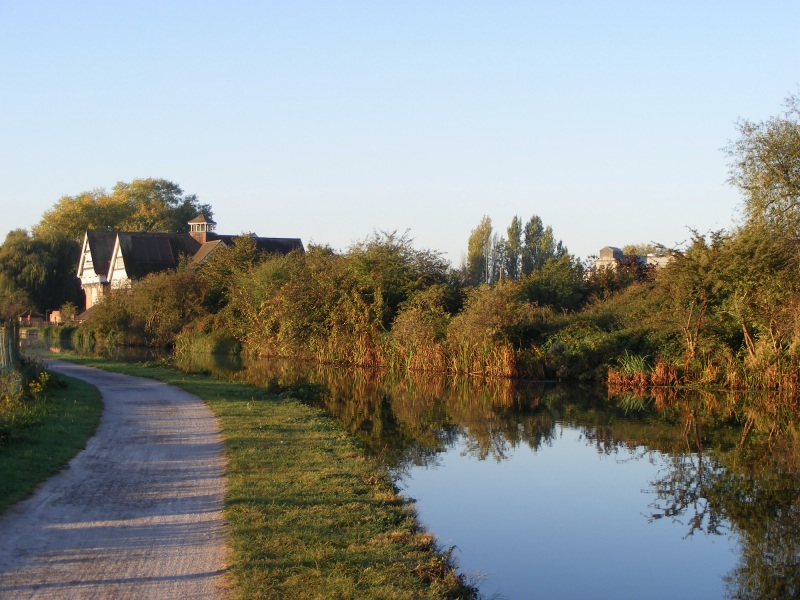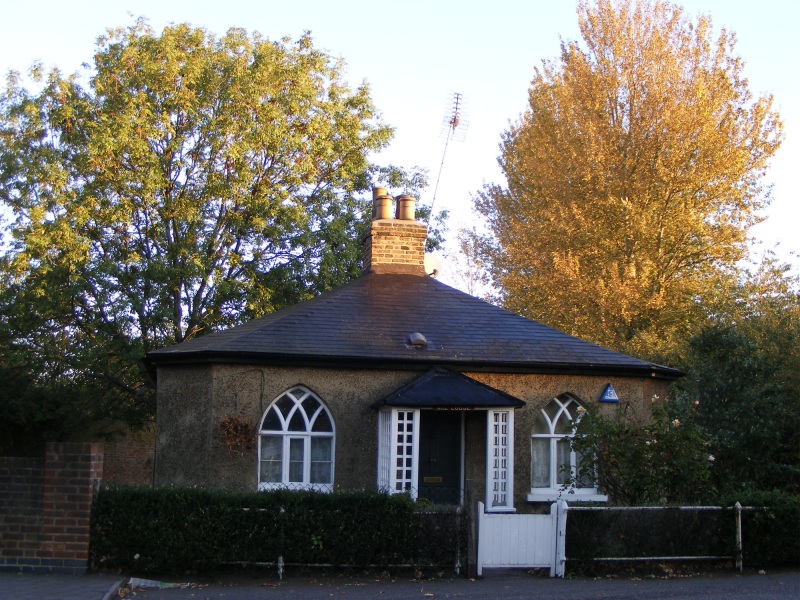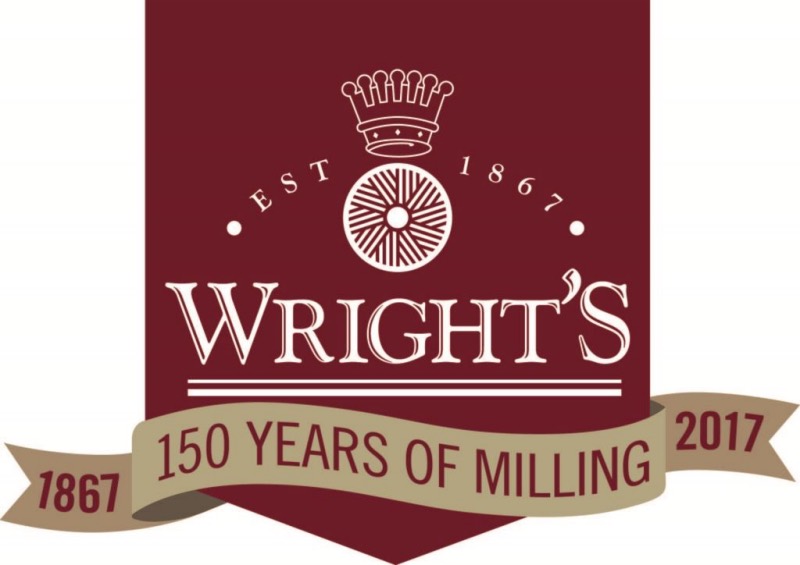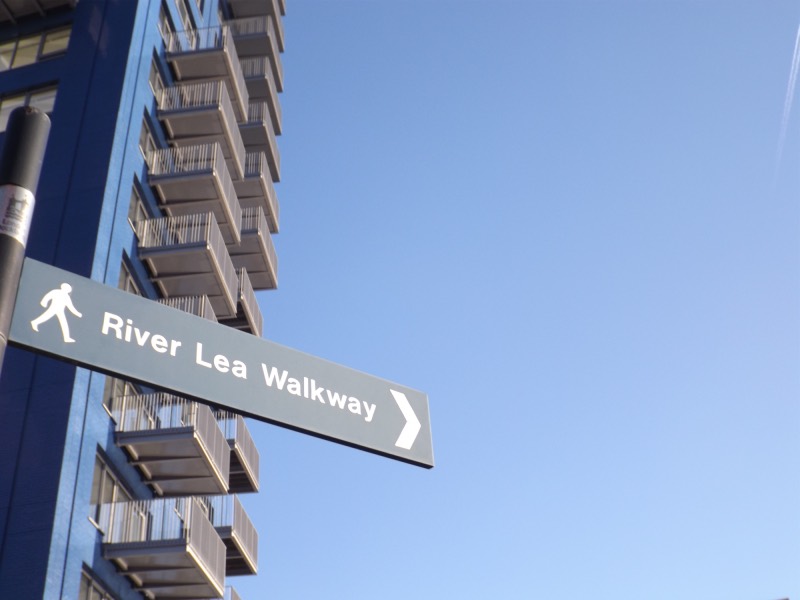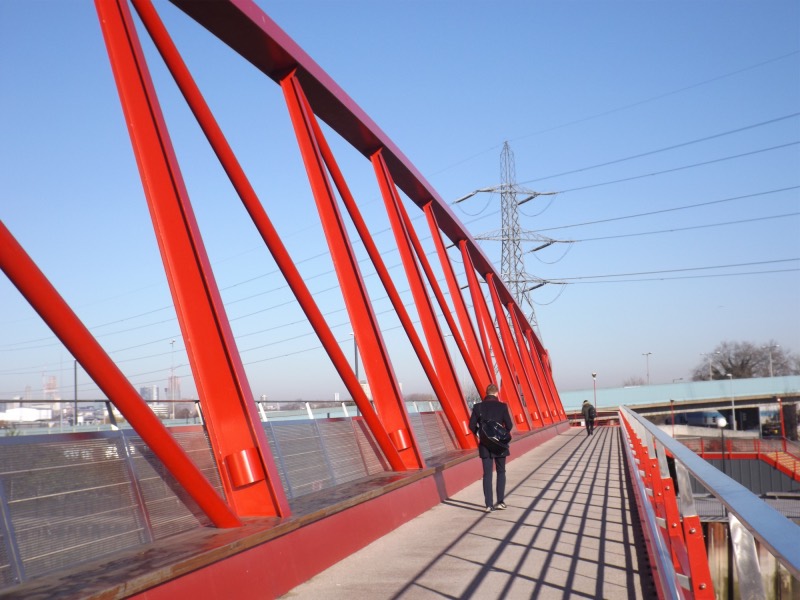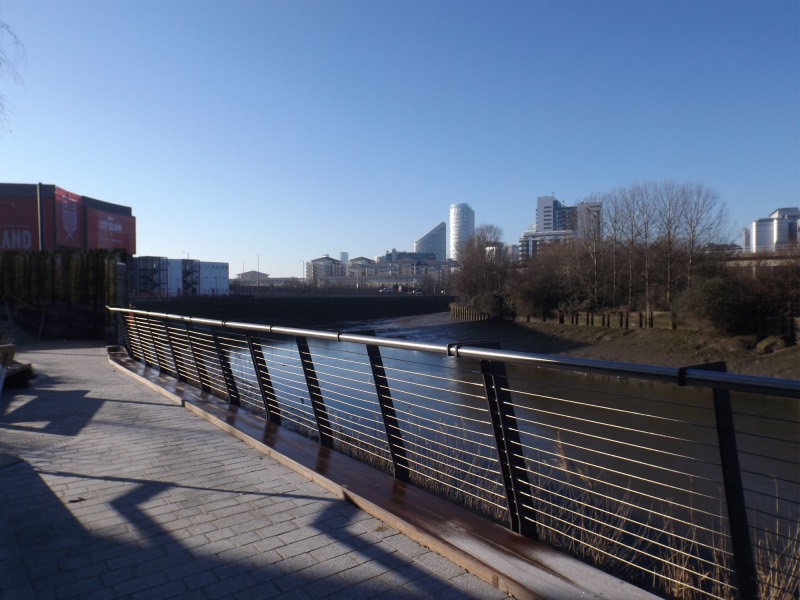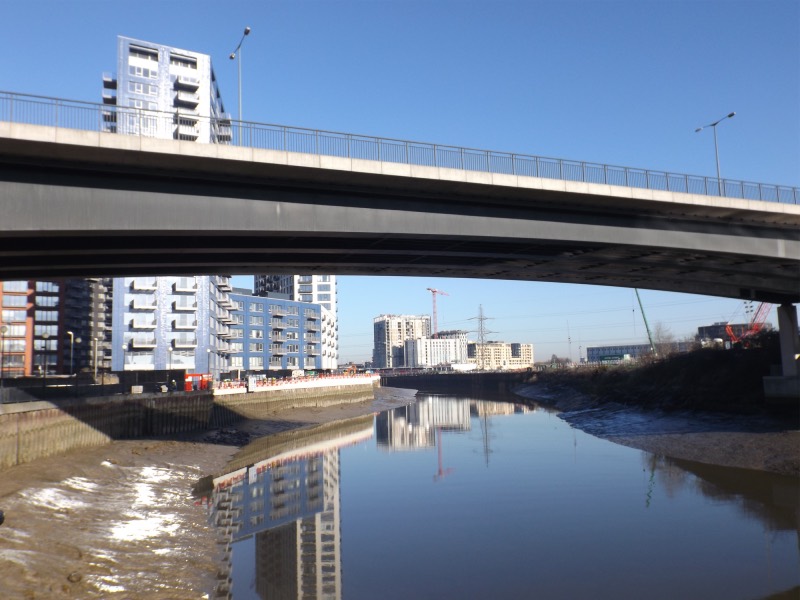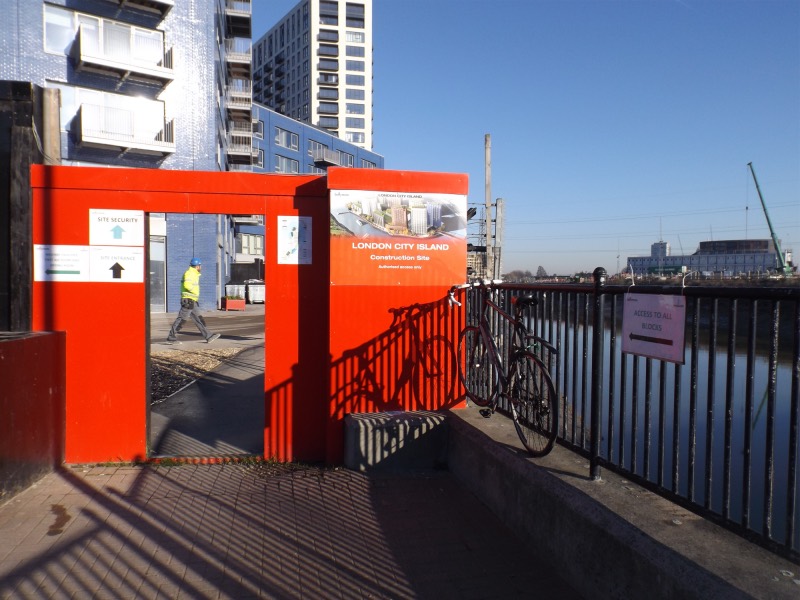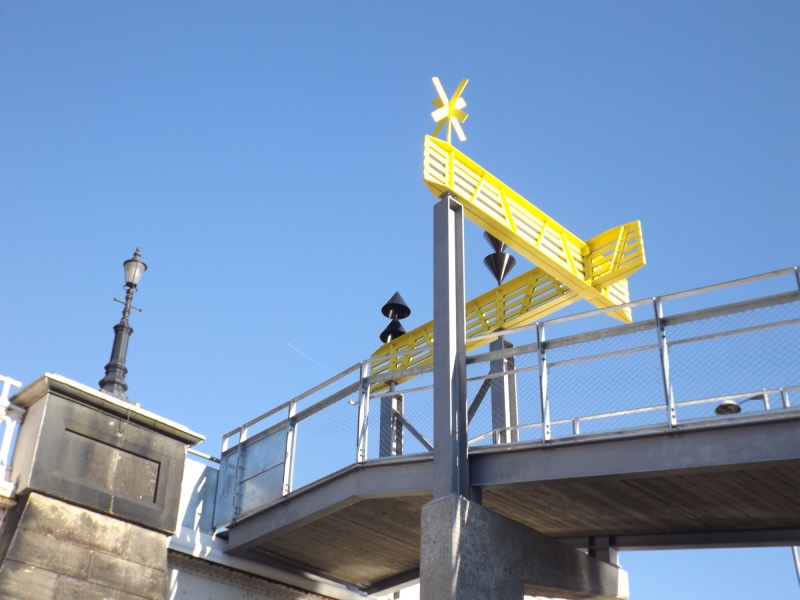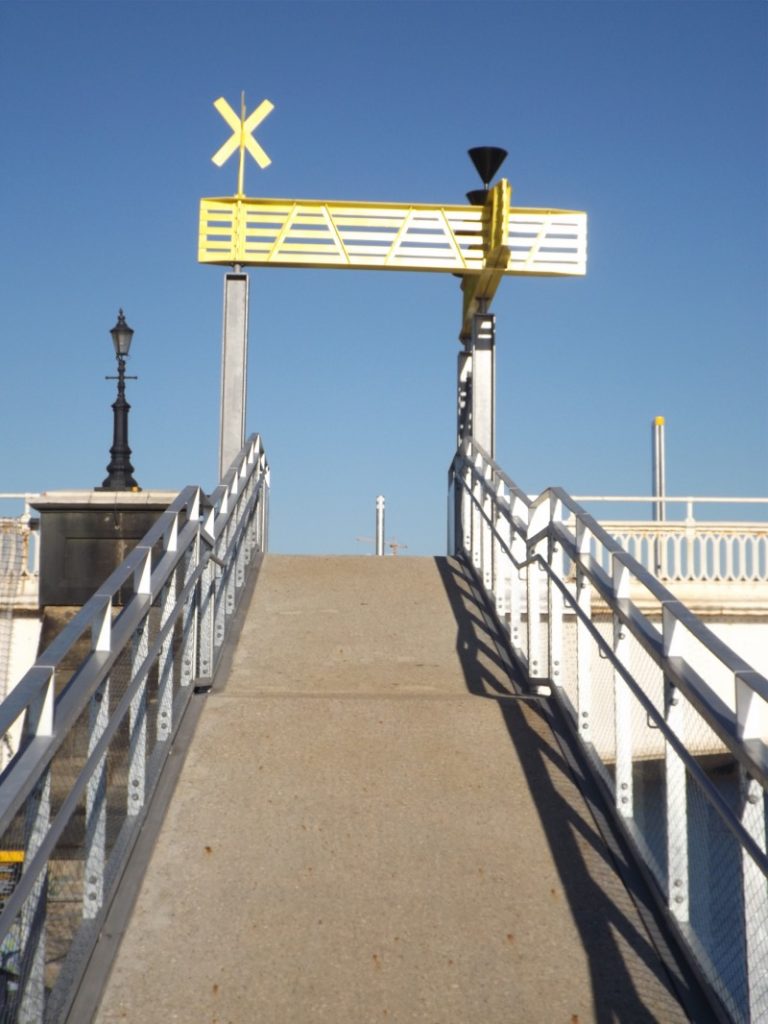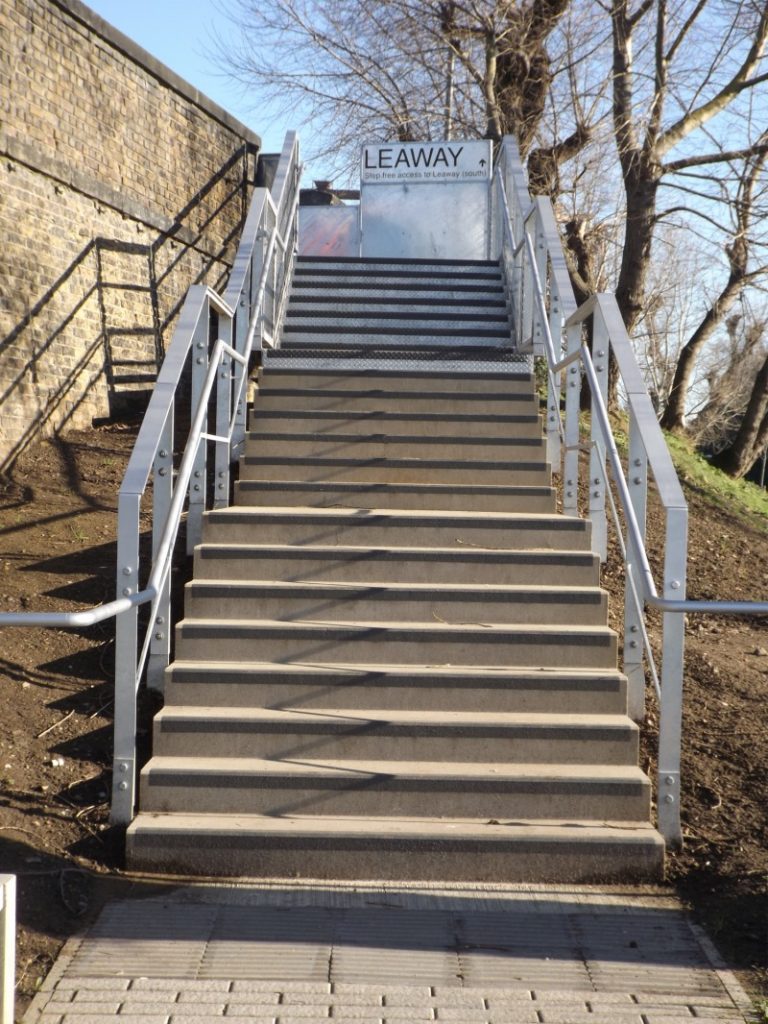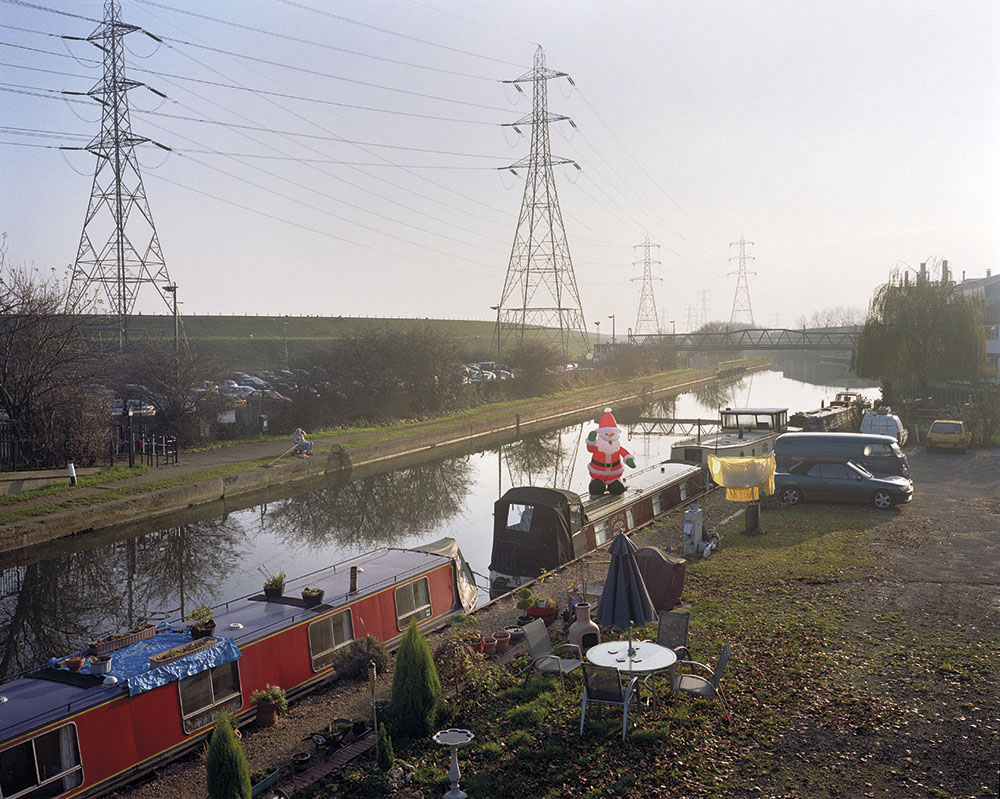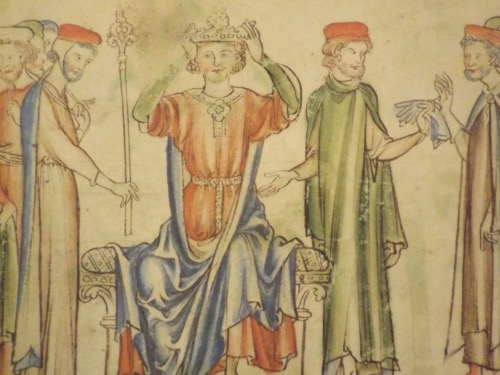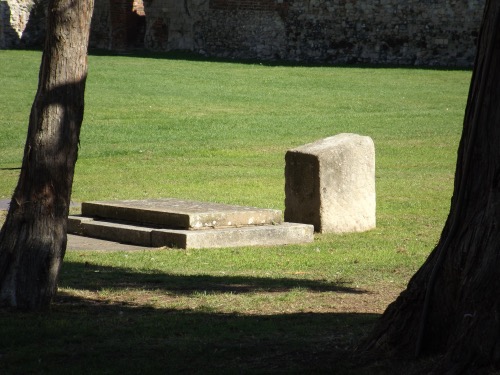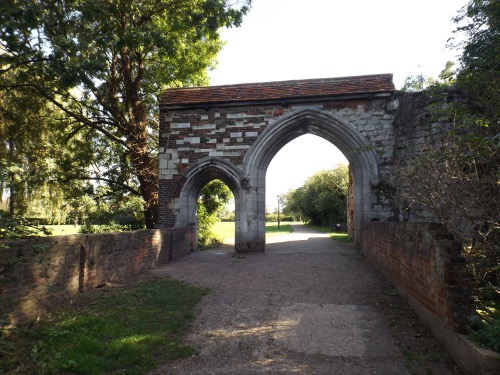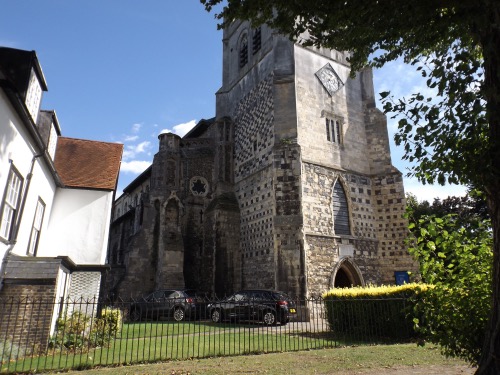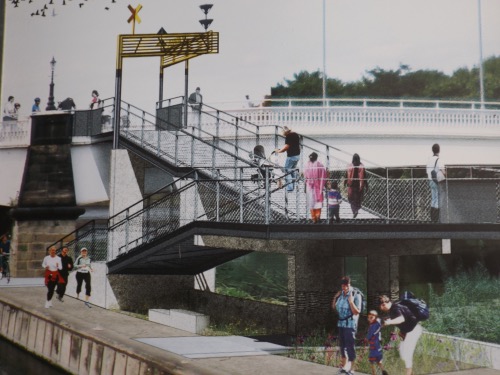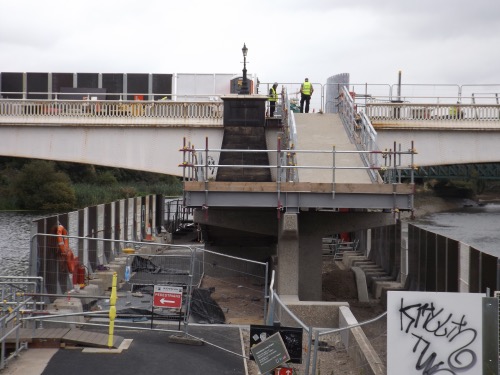ITV’s Victoria featured mention of Brocket Hall within the first few minutes of the first episode.
Queen Victoria’s diaries reveal that she was asking her prime minister Lord Melbourne almost daily about his country home.
On the 13 Feb 1838 Victoria received at Buckingham Palace “a beautiful bouquet of flowers from Lord Melbourne from Brocket”. Was he aware that it was the eve of St Valentine’s Day?
In her diary, Victoria always referred to her prime minister’s country home as ‘Brocket’ rather than Brocket Hall or Brocket Park.
Later that month she wrote again: “Got a beautiful bouquet of flowers from Lord Melbourne from Brocket. How kind of him to think of sending me flowers! The Daphnes (my favourite flowers, for they do smell so exquisitely) are quite delicious.”
In August the Queen received Melbourne at Windsor and told him: “I do so hope to see Brocket some day.” Without promising anything, the premier replied “Oh! I hope you will”.
A few days later he sent her some peaches grown at Brocket Park.
When back in Buckingham Palace at the end of October, Victoria expressed a desire “to see Brocket one day” during Melbourne’s audience of the Queen.
“I should like very much to show it you,” he replied. “But I don’t know how to manage it.” –
“It must be managed,” replied the Queen who had been frustrated when passing Brocket Park without stopping on her way to Yorkshire. She noted that it was only three miles beyond Hatfield.
It was as a married woman that Victoria at last saw the house. She and Albert went for lunch on a summer day and stayed for two hours.
“I can’t say how pleased I was to see Brocket, the place belonging to my good, kind Ld Melbourn.” wrote Victoria afterwards. It was just a month before his defeat in Parliament and forced resignation by the Tories.
The Queen hated the Tories but contact with her preferred prime minister was quickly lost as the Queen began to rely on her husband for advice.
This Sunday on ITV at 9pm we should see how this story is portrayed in episode 3 which called Brocket Hall.
How much shall we see of Brocket Park which today is crossed by Stage 3 of the Lea Valley Walk?
